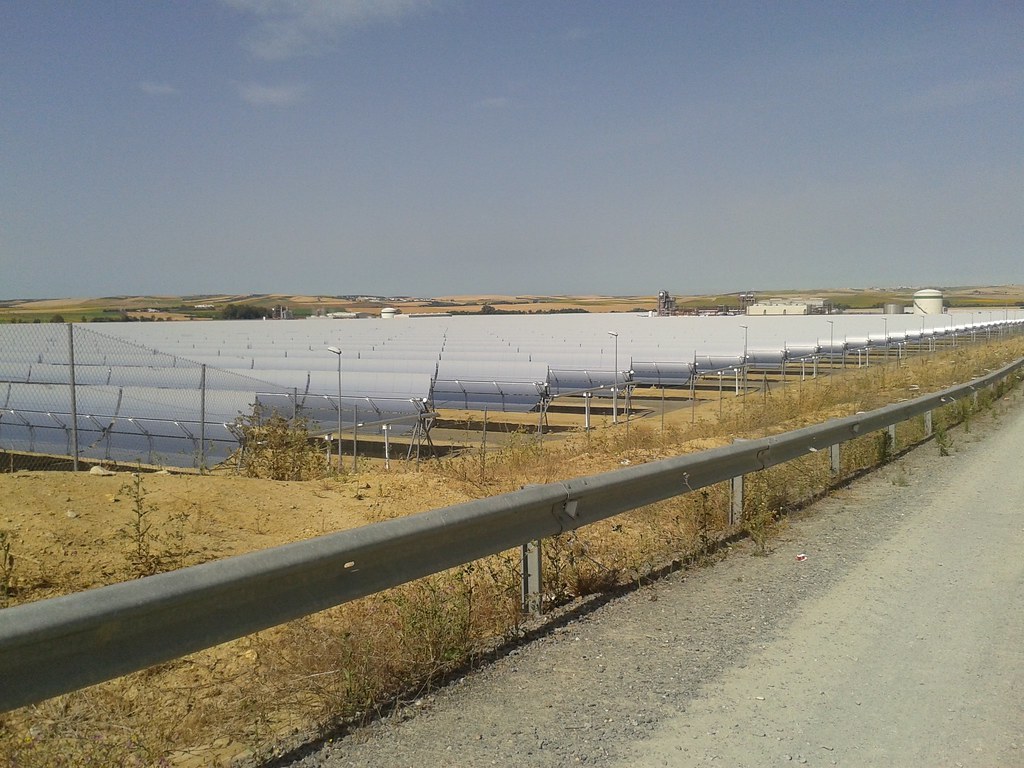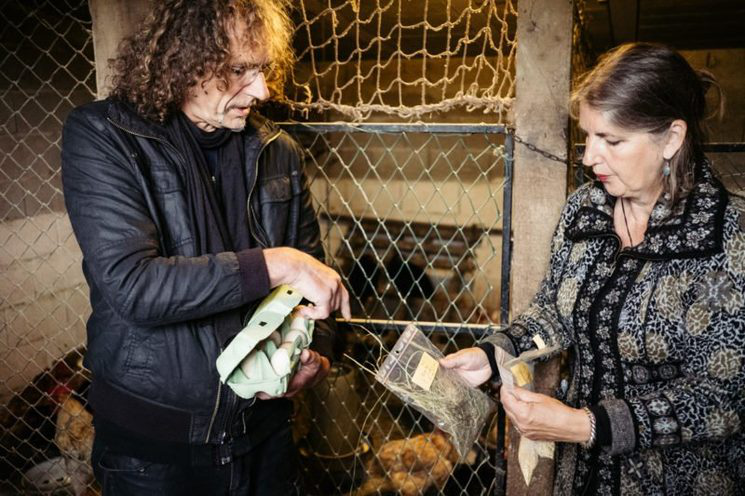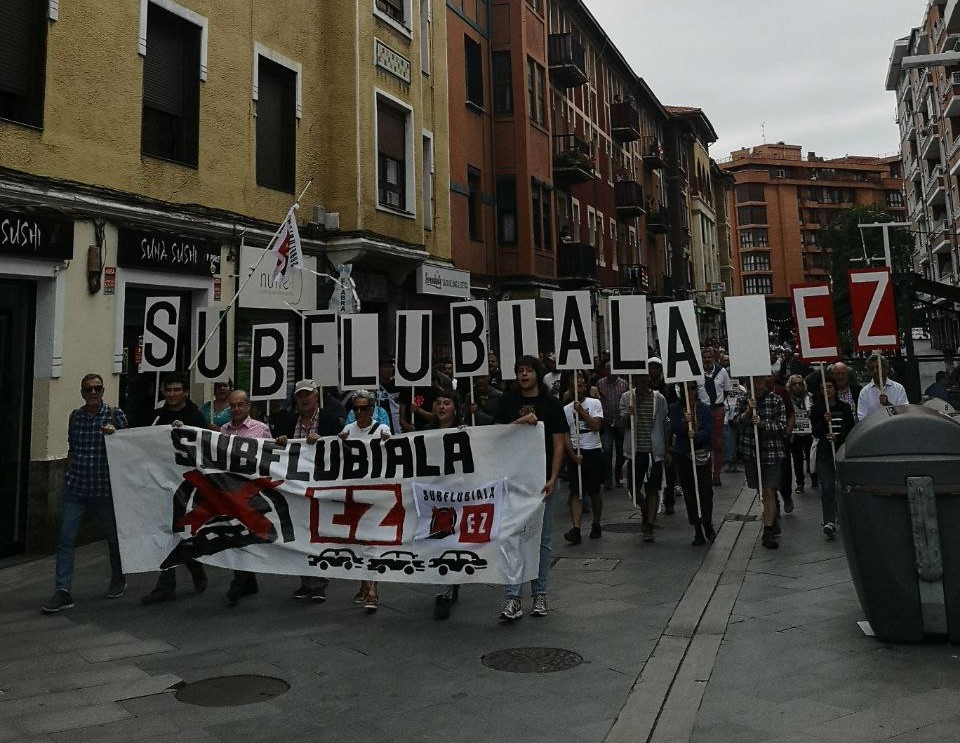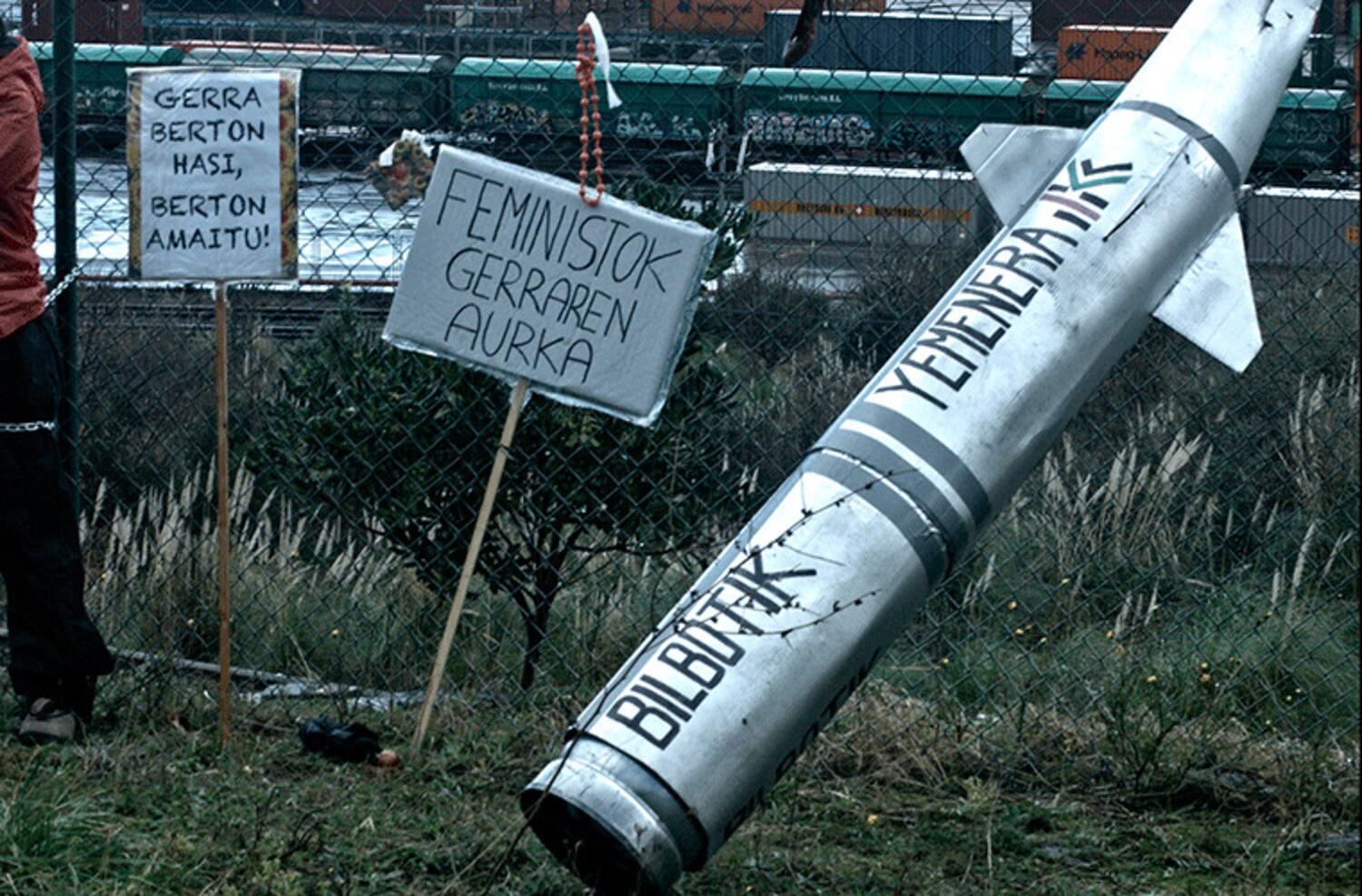Fire in the port of Pasaia in data
- The fire on Thursday in the port of Pasaia, in the area of Lezo, directly affected the air quality, especially in Pasaia, Lezo, Oreras and also in San Sebastian. Around 11 a.m., the problems began when a load of scrap that is collected in the port of Pasaia caught fire. Although they conveyed peace of mind from the organizations, they also issued a recommendation to close the windows.

I am not an expert on these issues, so these are raw data without too much interpretation, except using the criteria made by the institutions themselves. I mean, I'm going to use the official air quality report data for this and base it on what's said in it.
We will only consider the factor number of particles in the air (PM10) and the Lezo station. The PM10 particles are solid or liquid particles with diameters ranging from 2.5 to 10 µm that are diffused into the atmosphere. The main components are inorganic compounds (silicates, aluminates, heavy metals, etc.) and are organic compounds (soot) associated with carbon particles.
Below are the calculations with hourly average values (annual average) and daily average values of PM10 for Lezo. (From the source: Annual Air Quality Report of the UAE).
Year 2016 – Summary of case processing (hourly values): 16.4 μg/m3 (average).
Year 2016 – Summary of case processing (daily values): 24μg/m3 (90.4P*) [Maximum: 83 μg/m3)
These are the latest data from 2016 for the station of Lezo, as we have already said the average of the hours, the factor of 90.4P in the daily data and the maximum. The data from yesterday was as follows (Source: Information on air quality in the Basque Country – Hourly average data). [Download data]
By hours (average per day): 40,08 μg/m3
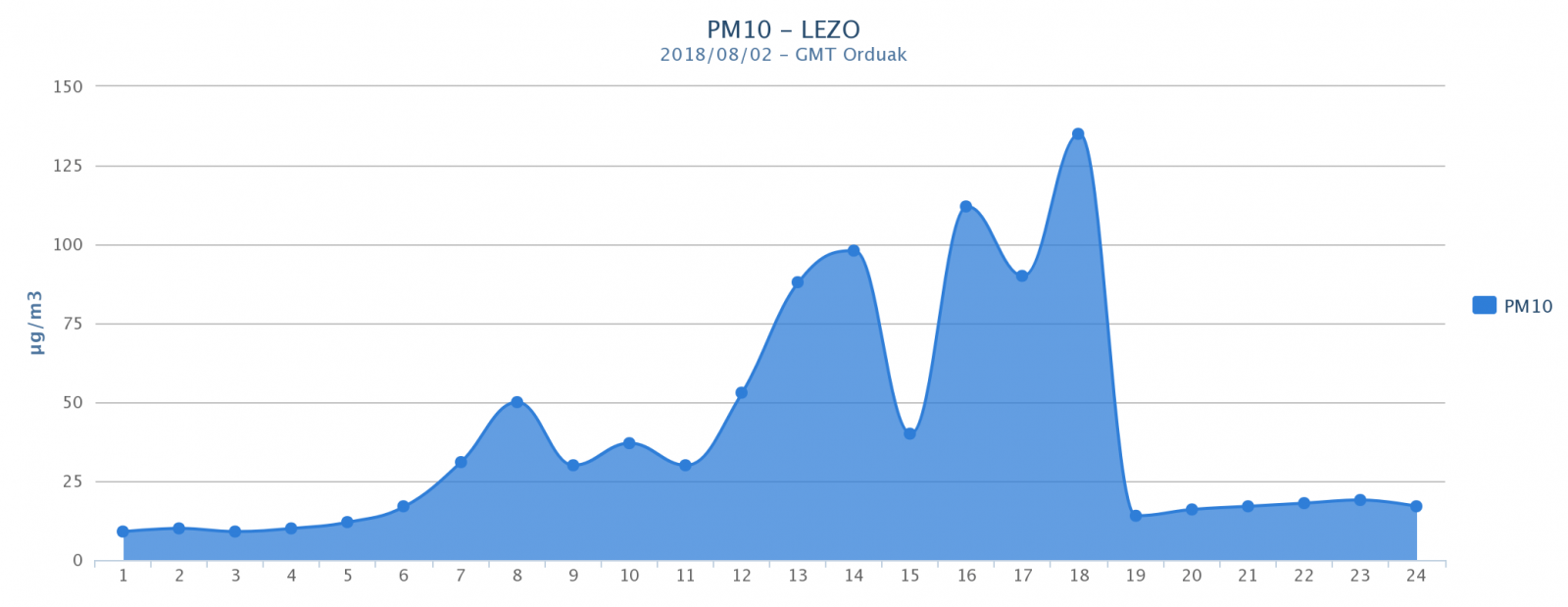
If, on the other hand, we observe hourly development, considering that the moment when the fire started was around 11:00 and they started to control it at 18:00, the average would be 75.88 μg/m3. Compared to the 2016 annual data, the data completely surpasses the usual.
.jpg) Acceptable measurements were taken more than once during this time (up to 40 μg/m³ considered acceptable).
Acceptable measurements were taken more than once during this time (up to 40 μg/m³ considered acceptable).
A daily average of 40.08 μg/m3 would work just as well. At the time of the fire, 75.88 μg/m3 would illuminate the barrier.
On top of that, he broke the highs at several moments, placing himself far above what is acceptable.
.jpg)
As for the data, if they are better than me to measure the magnitude of the severity, but without generating alarms, it is clear that there are some data to consider. On the contrary, it is clear that Thursday was not a normal day in Oarsoaldea, or yes, since many complaints came from there as well. Although this has been a one-off event, the years of neglect and diminishing the life expectancy of an entire area and the increase in the rate of disease, in short, the fact that we do not have the opportunity to have a decent life, is not a one-off event, but a structural problem.
* For PM10, in addition to the daily maximum of the year and the amount in excess of the daily value of 50, an annual percentile of 90.4 (P90.4) is calculated for the average daily values, which is equivalent to the 36th highest annual value.
This article Etzi.pm has been published by the publisher and we have brought it with us thanks to the Creative Commons license.
Lehengai anitzekin papera egitea dute urteroko erronka Tolosako Lanbide Heziketako Paper Eskolako ikasleek: platano azalekin, orburuekin, lastoarekin, iratzearekin nahiz bakero zaharrekin egin dituzte probak azken urteotan. Aurtengoan, pilota eskoletan kiloka pilatzen den... [+]
Today’s Venice is built on an archipelago of 118 islands. These islands are connected by 455 bridges. The city is based on mud rather than Lura. Millions of trees in the area were cut down from the 9th century onwards to build piles and cement the city. Years have passed and... [+]













